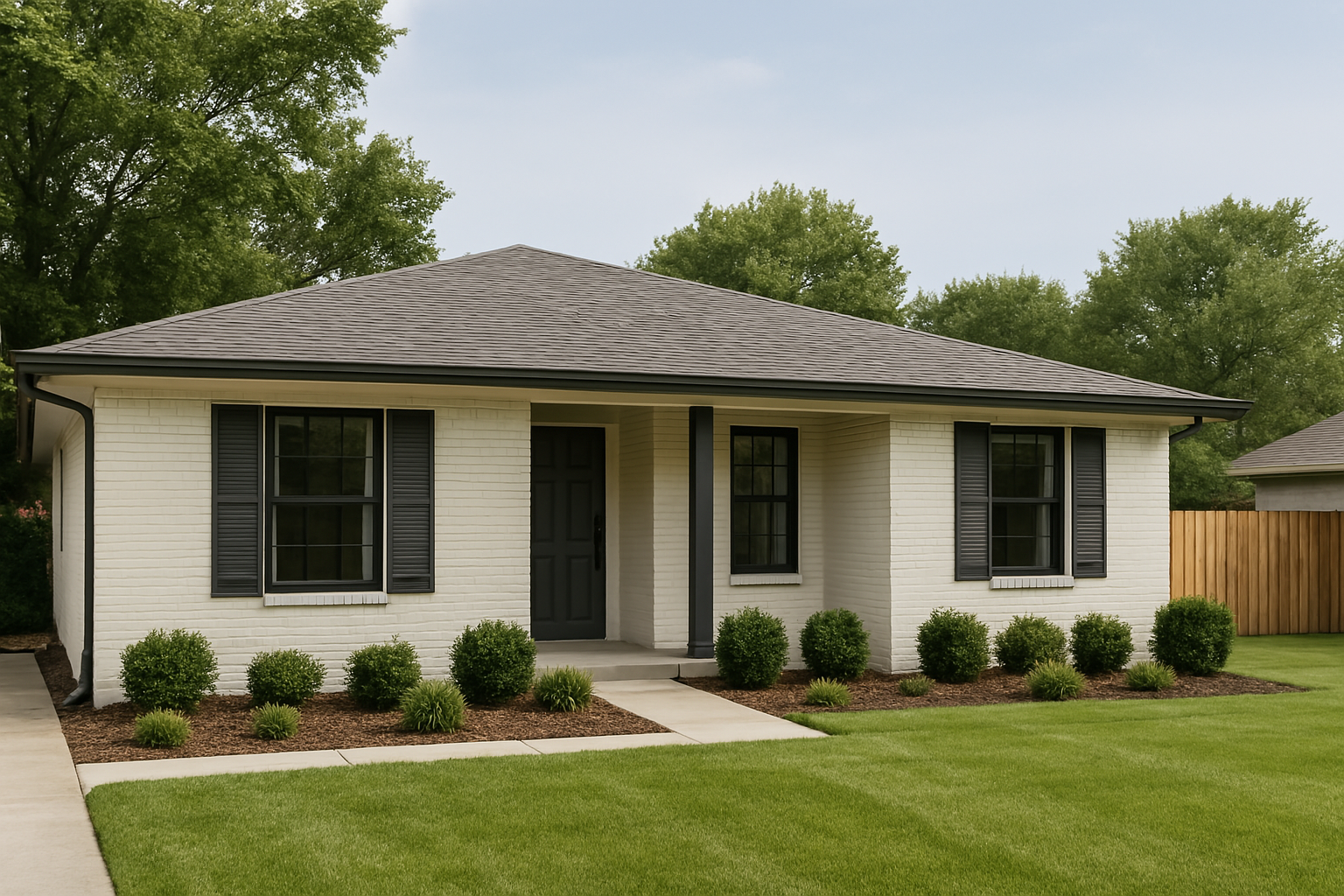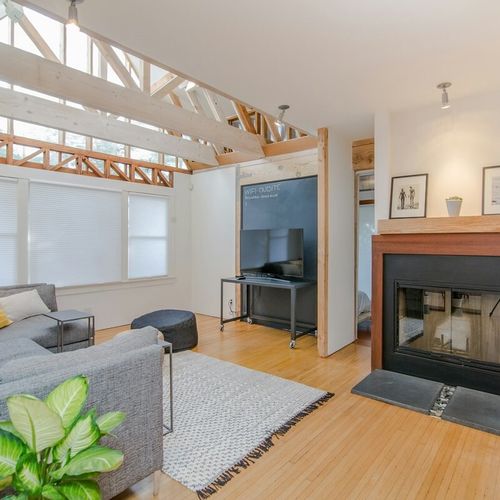Buying a one-level home can come with some great perks — but there are a few things worth keeping in mind. Whether you're looking to right-size, age in place, or simply enjoy the ease of single-level living, this guide is designed to help you navigate the process with clarity and confidence.
Why So Many Buyers Are Choosing Single-Story Homes
The popularity of single-story homes has surged in recent years, especially among buyers aged 55 and over. And it’s no surprise why:
- Accessibility: With no stairs to navigate, single-level homes are easier on joints and better suited for people with mobility concerns.
- Convenience: Everything is within reach, from the laundry room to the main bedroom.
- Safety: Fewer stairs mean fewer fall risks, a top concern as we age.
- Better Living Flow: Open layouts and direct access to outdoor areas make everyday life more enjoyable.
What to Look for in a Single-Story Home
While the absence of stairs is a big plus, there are other features to look for that support comfort and ease:
- Functional Layout: Look for a floor plan that separates private and shared spaces but keeps things close enough for daily convenience.
- Natural Light: Large windows, skylights, and open floor plans can make a big difference in how a home feels.
- Accessible Bathrooms and Kitchens: Wide doorways, walk-in showers, and easy-to-reach cabinets are smart design choices.
- Ample Storage: Even if you're downsizing, having garage space, closets, and accessible storage areas matters.
- Outdoor Space: A manageable yard or patio can offer enjoyment without requiring heavy upkeep.
Questions to Ask Before You Buy
Asking the right questions early can help you avoid surprises later. Here are a few to keep in mind:
- Is the neighborhood walkable and quiet?
- Are essential services (grocery stores, healthcare, etc.) nearby?
- Are there HOA rules that might affect how you use or modify the home?
- Does the home need modifications now or in the near future?
- How do comparable single-story homes hold their value in this area?
Common Pitfalls to Avoid
Even a great home can come with challenges if you’re not careful. Avoid these common mistakes:
- Buying too big or too small: Be realistic about your space needs now and in the next 5-10 years.
- Skipping the inspection: Some single-story homes are older and may need updates.
- Overlooking layout issues: Watch for tight corners, step-downs, or awkward room flows that could be problematic later.
- Ignoring future mobility needs: Think ahead about what features may be helpful down the line.
How to Make the Transition Smoother
If you're making a move after decades in a multi-story home, the transition can feel overwhelming. Here’s how to ease the process:
- Clarify your must-haves and nice-to-haves
- Work with an agent who specializes in helping 55+ clients
- Talk with family early if they’ll be part of your support system
- Tour a variety of layouts to get a feel for what suits your lifestyle
- Take your time and don’t feel pressured to rush into the first option
Final Thoughts
Single-story living can offer more comfort, convenience, and peace of mind — but finding the right home takes a thoughtful approach.
If you’re considering a move to a one-level home, I’d be happy to help you get started. I specialize in helping buyers 55+ find homes that support their lifestyle today and in the future.



